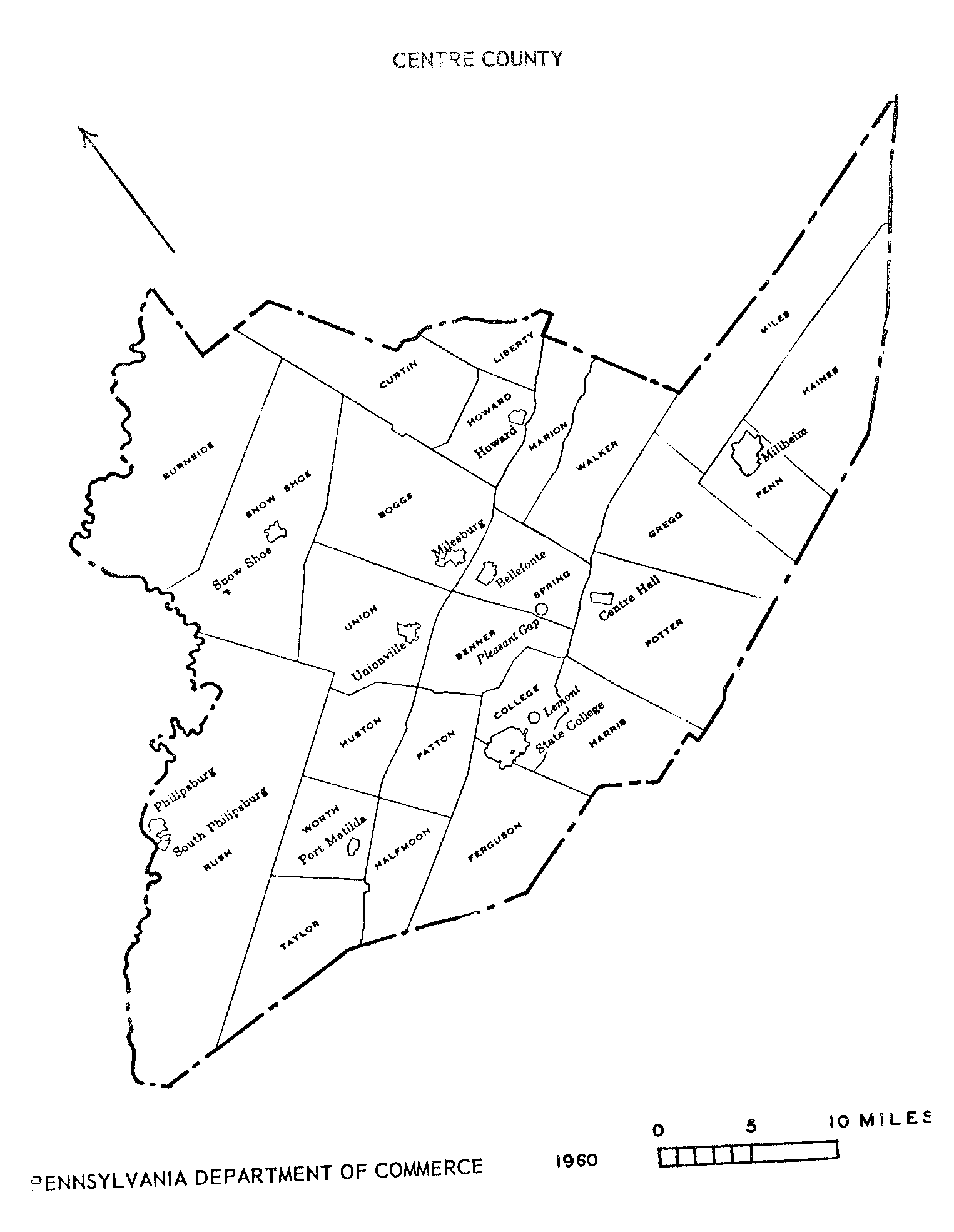


There are no differences among them that would affect their classification for census purposes. Municipalities in Delaware are called cities, towns, or villages. Village districts are subordinate agencies of municipal governments rather than municipalities in their own right. In common usage, however, these communities are thought of more often as villages than as cities. As voting membership in the Alaska Municipal League is on an equal footing, regardless of population, most villages are incorporated as second-class cities. Many of these communities are populated predominantly by Alaska Natives and are federally recognized as villages under the Indian Reorganization Act and/or the Alaska Native Claims Settlement Act. In Alaska, "village" is a colloquial term used to refer to small communities, which are mostly located in the rural areas of the state, often unconnected to the contiguous North American road system. Under Article 10, Section 2 of the Alaska Constitution, as well as law enacted pursuant to the constitution, Alaska legally recognizes only cities and boroughs as municipal entities in Alaska. be virtually equivalent to a city or town.differ from a city in terms of dependence on a township or.differ from a city or town in terms of population.Most commonly, a village is either a special district or a municipality. States that formally recognize villages vary widely in the definition of the term. This informal usage may be found even in states that have villages as incorporated municipalities and is similar to the usage of the term "unincorporated town" in states having town governments. Because most New England villages were contained within the boundaries of legally established towns, many such villages were never separately incorporated as municipalities.Ī relatively small unincorporated community, similar to a hamlet in New York state, or even a relatively small community within an incorporated city or town, may be termed a village. With the advent of the Industrial Revolution, industrial villages also sprang up around water-powered mills, mines, and factories.

Many of these colonial settlements still exist as town centers. In colonial New England, a village typically formed around the meetinghouses that were located in the center of each town. village may be simply a relatively small clustered human settlement without formal legal existence.


 0 kommentar(er)
0 kommentar(er)
